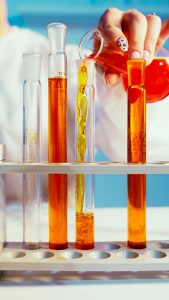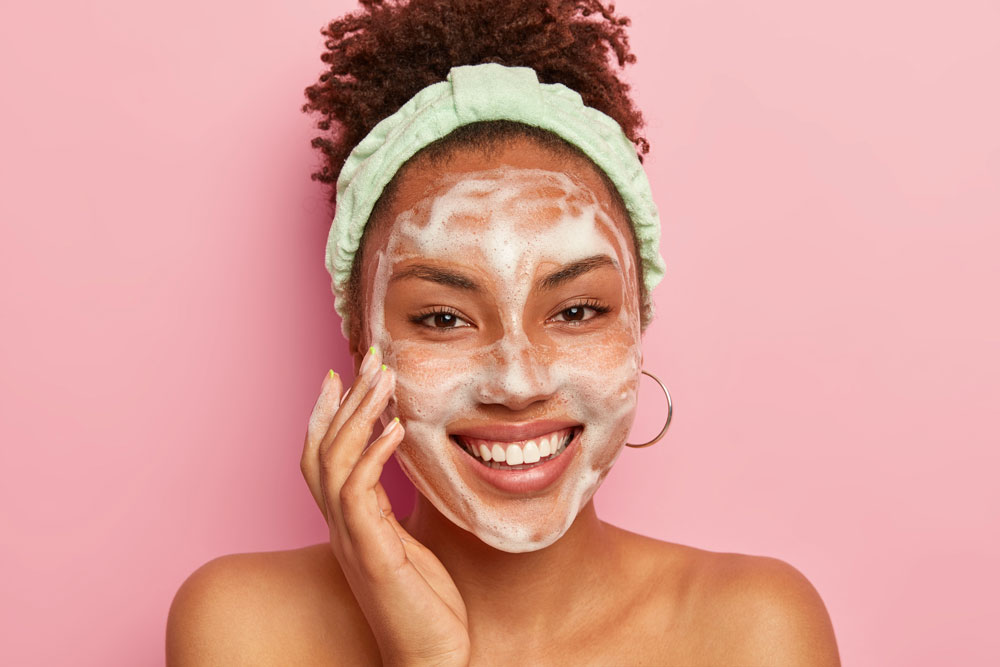 What Is Lauryl Glucoside?
What Is Lauryl Glucoside?
I first saw lauryl glucoside in a shampoo that I was using that was sulfate free. At first, I was kind of worried since I didn’t know what it was and I was afraid it would cause damage to my hair. I am a very cautious person when it comes to choosing products for my skin and hair, I usually try to find products that are nourishing, vegan, environmentally friendly and gentle.
Well, turns out it’s a Surfactant which helps in cleansing as it lifts dirt and oil from the skin. In addition to deeply cleaning skin pores. It is derived from palm kernel oil, corn sugar or coconut meaning it is biodegradable, sustainable, and mild. Additionally, it gives soap some foaminess but not as much as chemical soaps. And it helps the product spread out and rinse off easily.
Since it’s is a mild cleanser that Is natural, it is considered safe for all skin types including sensitive skin. GoodGuide and Safe Cosmetic listed lauryl glucoside under the safe ingredients suitable for sensitive skin. Additionally, Both organic food federation and EcoCert approved the use of lauryl glucoside in certified organic cosmetics.
Ok, but what exactly is a surfactant?
Lauryl Glucoside as a Surfactant AKA Surface Active Agent
What is a surfactant?
Cleansers need to have a type of surfactant to clean better. Without surfactants soap would just roll off with water rather than mixing with them. Surfactants interact with water to make water molecules stick and combine with oil and dirt.
Surfactants do this by decreasing the waters natural surface tension. The surface tension allows a bug to stand on water without sinking, when adding a surfactant, the surface tension decreases causing the bug to sink. So, when adding a surfactant to a cleanser it reduces the surface tension of water allowing it to combine with dirt molecules in a better, fast, and easier way.
Benefits and uses of lauryl glucoside
We said that it is a mild surfactant, this benefits people with deeper skin tones since harsh surfactants could cause hyperpigmentation. So lauryl glucoside is actually a better ingredient for people with deeper skin tones as it won’t cause any hyperpigmentation.
It also has some advantage over other harsh surfactants like Sodium lauryl sulfate.
For instance, It doesn’t dry the skin out even when forming a lot of foam. So, if you want to enjoy a good foam cleanser but don’t want your skin to get stripped from all its natural oils.
It is also a great option If you want to have a vegan, plant based and environmentally friendly ingredient in your skin or hair care products.
You can use it as a normal cleanser or a 2nd cleanser in your double cleansing routine. Use a foam cleanser containing lauryl glucoside after washing your face with an oil-based cleanser, as it will remove all the extra oil and any remaining dirt from your pores.
Conclusion
To conclude, lauryl glucoside is a mild cleanser that doesn’t dry out your skin when you use it. It is suitable for all skin types including oily skin and sensitive skin. Most importantly, its biodegradable, vegan, and natural.
Do not mix lauryl glucoside with sodium lauryl sulfate, they sound similar but are very different from one another. Sodium lauryl sulfate is harsh on the skin and hair, it can also excessively dry them out causing itchiness or irritations. Additionally, we derive lauryl glucoside from nature, while sodium lauryl sulfate is a chemical substance.
You can also read about the benefits of olive oil here.
Check out our natural soaps here!

Thanks for your blog, nice to read. Do not stop.